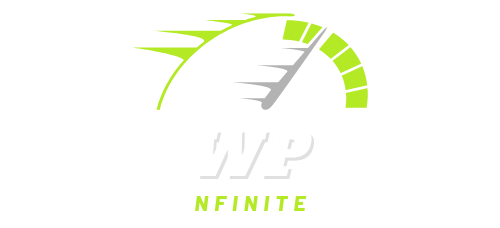How to improve your Speed index Score
Improving the “Speed Index” metric for a WordPress website involves a combination of techniques that reduce the time it takes for the content of a page to become visible to users. The Speed Index measures how quickly the contents of a page are visually displayed, so optimizing for this metric can significantly enhance user experience. Here are some strategies to improve the Speed Index in WordPress:
1. Optimize Content Delivery
Leverage a Content Delivery Network (CDN): A CDN can decrease the load time of static resources by serving them from locations closer to your users. This reduces the time it takes for these resources to become visible on the screen.
Minimize HTTP requests: Reduce the number of elements on your page to decrease the number of HTTP requests required to load the page. This can be achieved by simplifying the design, combining files like CSS and JavaScript, and using CSS sprites.
2. Optimize Critical Rendering Path
Eliminate Render-Blocking Resources: JavaScript and CSS that block the rendering of the page should be minimized. Inline critical CSS, defer non-critical JavaScript, and asynchronously load stylesheets.
Use Efficient CSS: Optimize and minify CSS files to reduce their size and complexity which speeds up the browser’s rendering time.
3. Optimize Images and Media
Compress Images: Use tools to compress images without losing quality. Consider next-gen formats like WebP, which provide better compression than PNG or JPEG.
Lazy Load Images and Videos: Implement lazy loading so that images and videos are only loaded when they enter the viewport (visible part of the web page). This can significantly speed up the initial page render.
4. Leverage Browser Caching
Set Proper Cache Headers: Utilize caching for static resources with a long cache lifetime. This makes repeat visits faster because the browser does not need to download the resources again.
5. Optimize Server Response Time
Improve Server Performance: Choose a high-performance hosting solution tailored for WordPress. Consider upgrading to a managed WordPress host that uses optimized server configurations.
Use Fast PHP Execution: Ensure you are using the latest PHP version as each update typically offers improved performance.
6. Minimize DOM Size
Simplify HTML Structure: A complex DOM structure can slow down the rendering. Simplify the HTML to improve rendering speed and visual completion.
7. Dynamic Content Optimization
Implement Dynamic Caching: For dynamic content-heavy sites, use a caching plugin that supports dynamic data caching to speed up content delivery.
8. Monitor and Test Regularly
Regularly Measure Performance: Use tools like Google’s PageSpeed Insights, Lighthouse, and WebPageTest to monitor the Speed Index and other performance metrics regularly. These tools also provide specific recommendations tailored to your site.
By implementing these strategies, you can effectively improve the Speed Index of your WordPress site, which not only enhances the user experience but also contributes positively to SEO efforts, as faster sites are generally favored by search engines.
